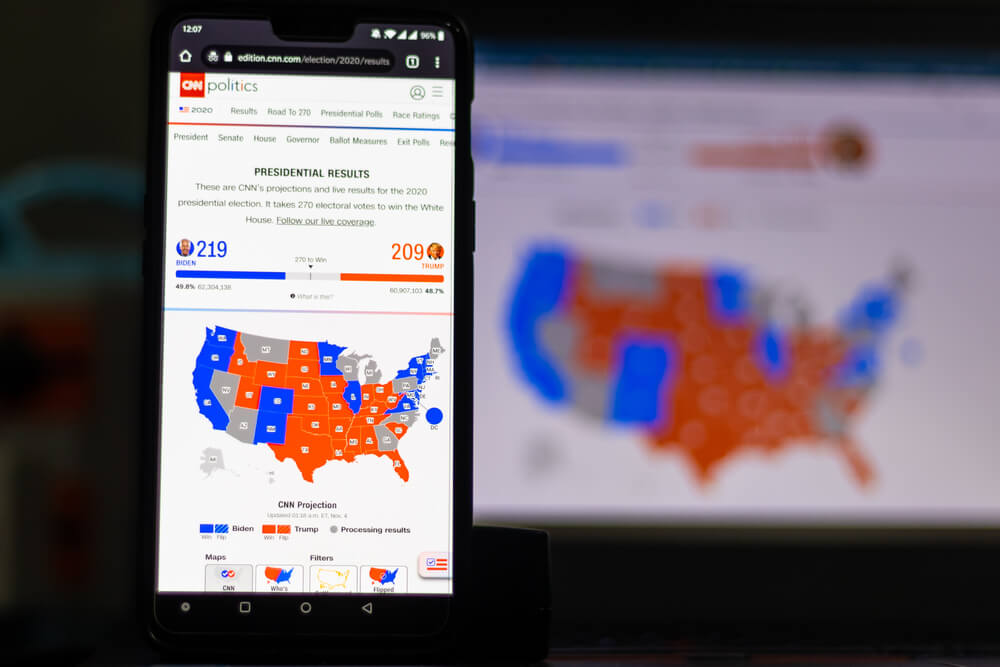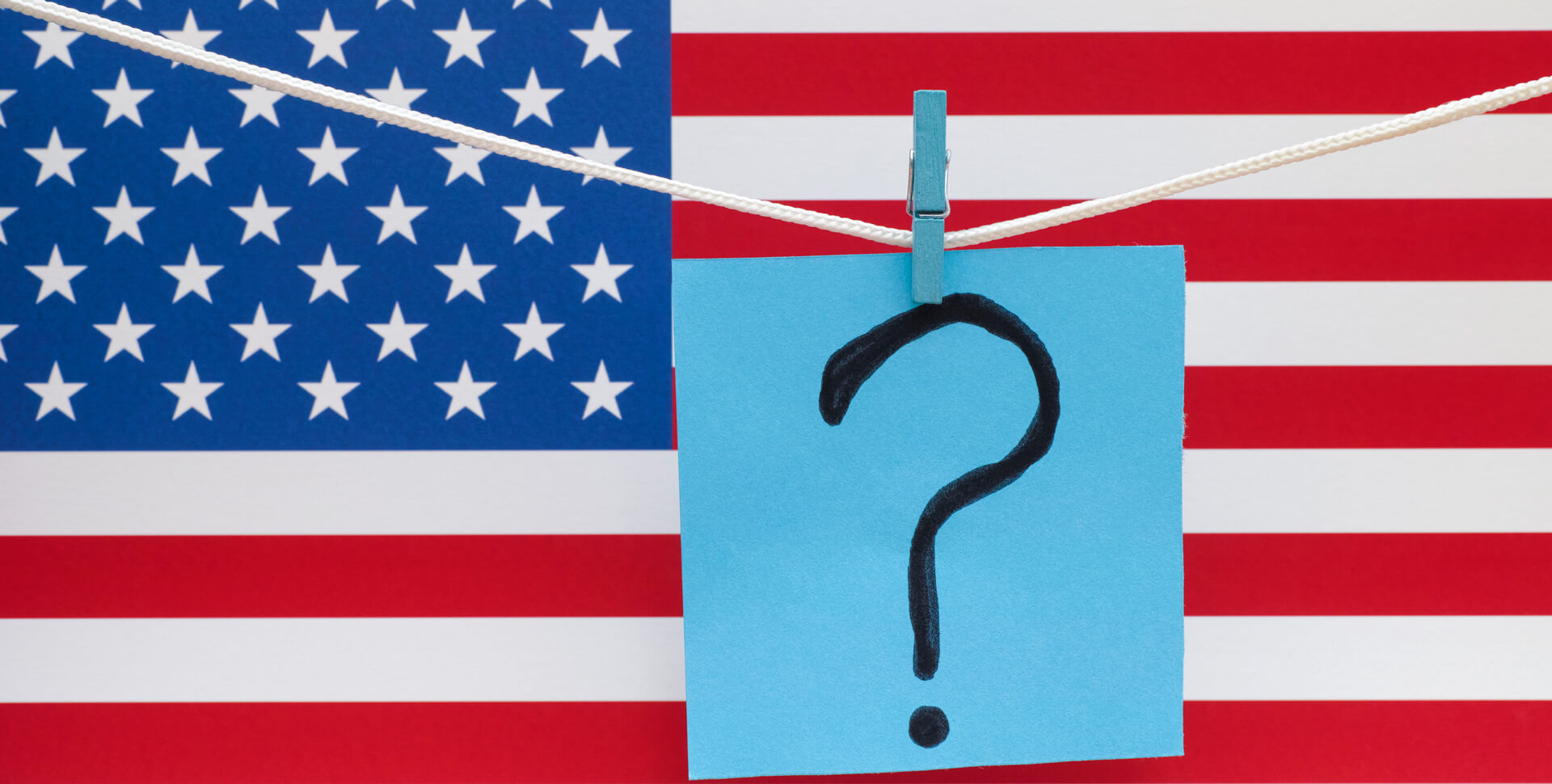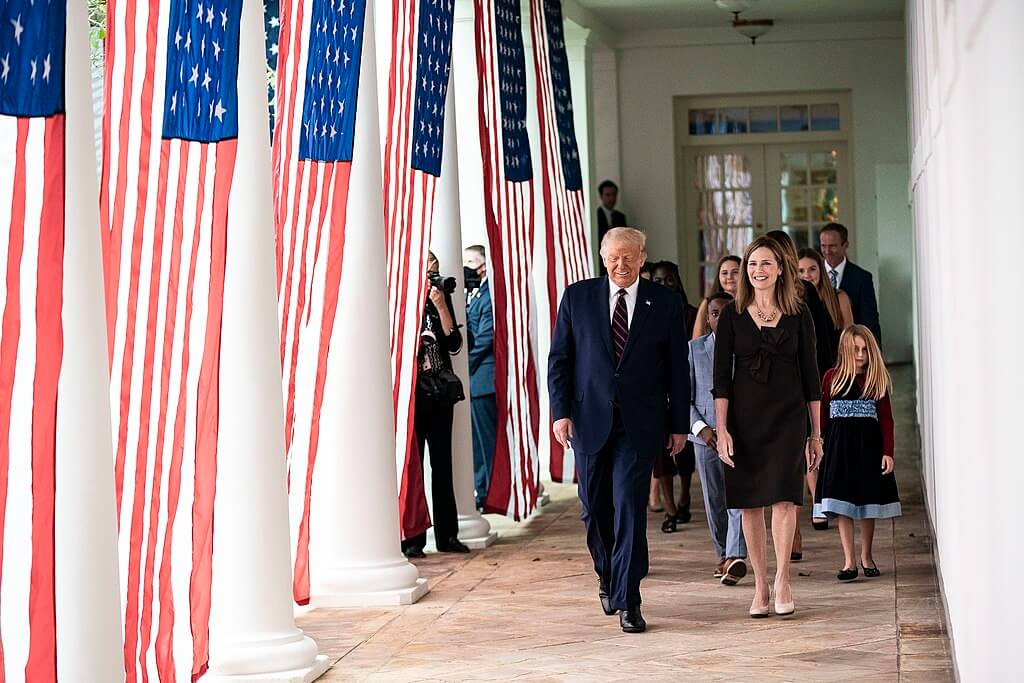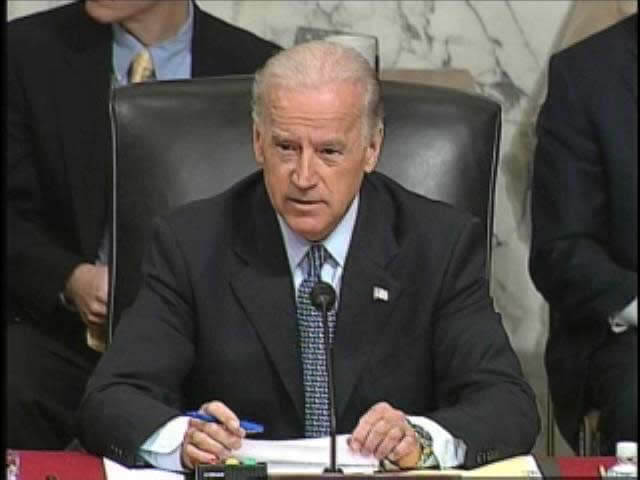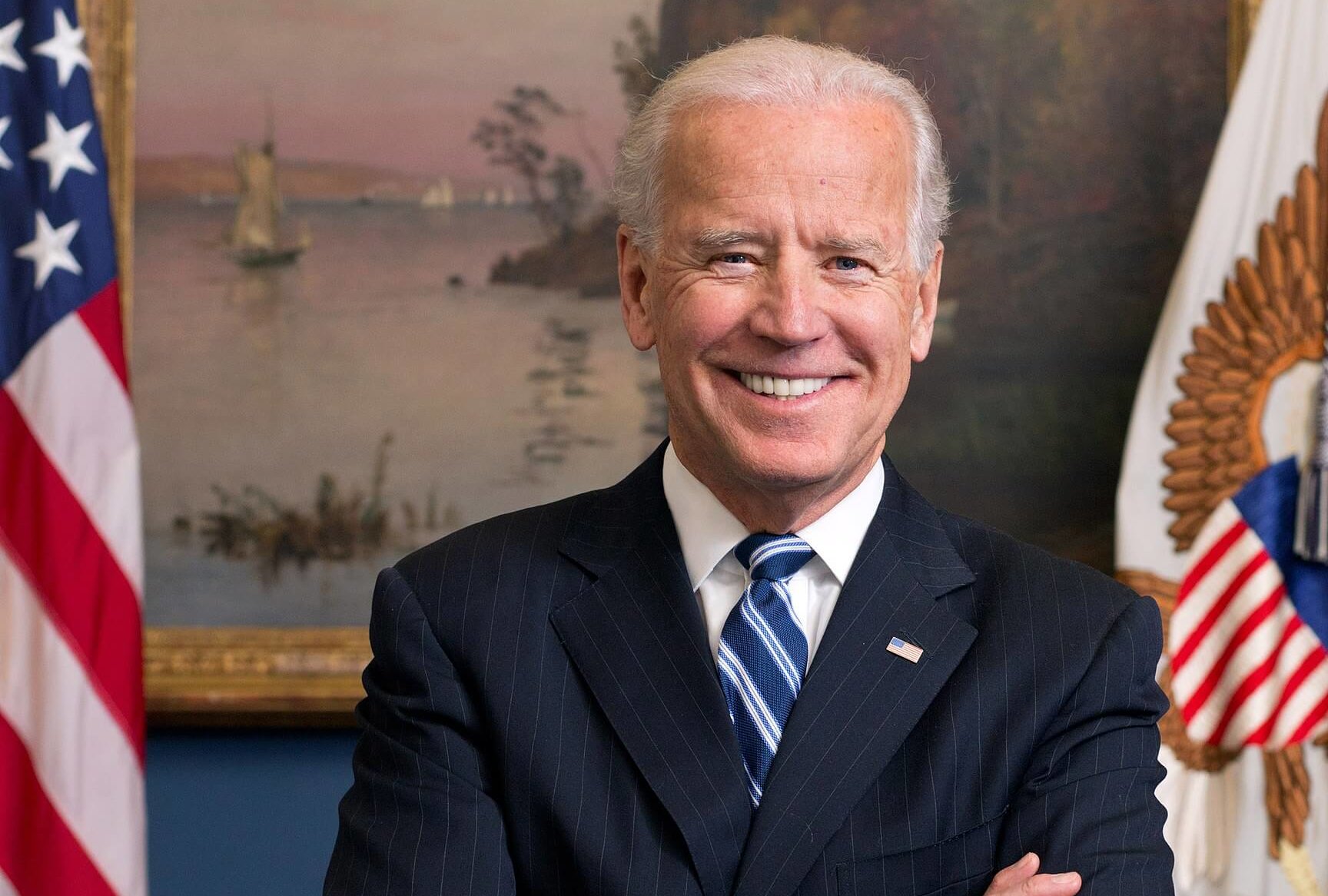Simple advice to innovators and policymakers: Don’t worry about collateral needs or they will distort your good growth and policy efforts.
If we look back, the development of the automobile had collateral effects beyond the ability of the auto pioneers to conceive. Yet there were those who would have restricted automobile development because they worried about the collateral effects, including that there wouldn’t be enough gasoline, oil would run out, cars were dangerous and the fuel stations would explode.
The lesson wasn’t that those were minor concerns, but that they were giant and reasonable concerns that didn’t take into account that there would be as much creativity in solving those problems as there was in creating the primary product in the first place.
If the Wright brothers had worried about how we would keep aircraft from colliding with each other, well, we would have more trains and passenger ships.
The message is that innovation begets innovation. Invent one thing and then invest in something else to support it.
Yet there are reactionary forces at work in the creative arena all the time.
To continue with the automobile example, there are gainsayers to the electric car everywhere. Sometimes they are driven by economics, but often they are just worried about great change.
I can hardly pass a day without reading alarmist pieces about the disposal of batteries, a possible shortage of lithium from friendly suppliers or that there won’t be enough charging points.
To all that, I say piffle.
History tells us that these seeming problems will be solved by the same inventiveness that has brought us to this time when we are seeing a switch from the internal combustion engine — faithful servant though it has been — to electricity.
The danger is rigidity.
Rigidity is the seldom-diagnosed inhibitor of good science, good engineering and good policy. Rigidity in policy, or even just in belief, restricts and distorts.
A rigid belief is that nuclear waste is a huge problem.
I would submit that it is less of a problem than many other wastes we are leaving to future generations. Rigid concerns and rigidly wrong radiation standards led the electric utilities to turn to coal, and now to wind and solar to move away from coal and its successor, natural gas.
Medicine is beset by rigidities and it always has been, from excessive use of bleeding therapy to surgeons who believed it was ungentlemanly to wash their hands.
Those who suffer from less common diseases — Myalgic Encephalomyelitis, also known as Chronic Fatigue Syndrome, is one — are impacted by medical profession rigidities. The doctors try to fit disease into what they know and treat patients with known but inappropriate therapies.
Even great innovators like Henry Ford weren’t without their crippling rigidities. Henry Ford was opposed to 6-cylinder engines and wanted all cars to be black.
Political rigidities are perhaps the most pernicious.
I would suggest that the fear of the bogeyman of socialism has prevented us from developing a sensible healthcare system; one that is less expensive and has better results. It doesn’t have to be modeled on Britain’s National Health Service, but it could borrow from Germany or Holland where the health system is universal but provided by private insurance.
Ditch the rigidity and start fixing the patient — in this case, the whole system.
Our educational system is plagued with rigidities. At the lower end, the public schools, children aren’t getting the basics they need to function in our society. At the high end, the universities, there is a new kind of aristocracy where the favored faculty are coddled, shielded and underproductive, while the cost for students is prohibitive.
Our most productive, most gifted graduates are compelled to align their careers with jobs that will pay enough to free them from the debt burden we start them in life with. This might cause a bright student to go into computer science when he or she longed to study astronomy, certainly a less well-paid future.
Rigidities kept women from seeking new roles and responsibilities, and from seeking their own personal and professional identities rather than have them defined by the outside, male-dominated society. Homemaking, yes; corporate management, no.
Rigid doctrine is always at work and is an unseen impediment to future innovation in science, social structure and, above all, in politics.
Watch for it.


